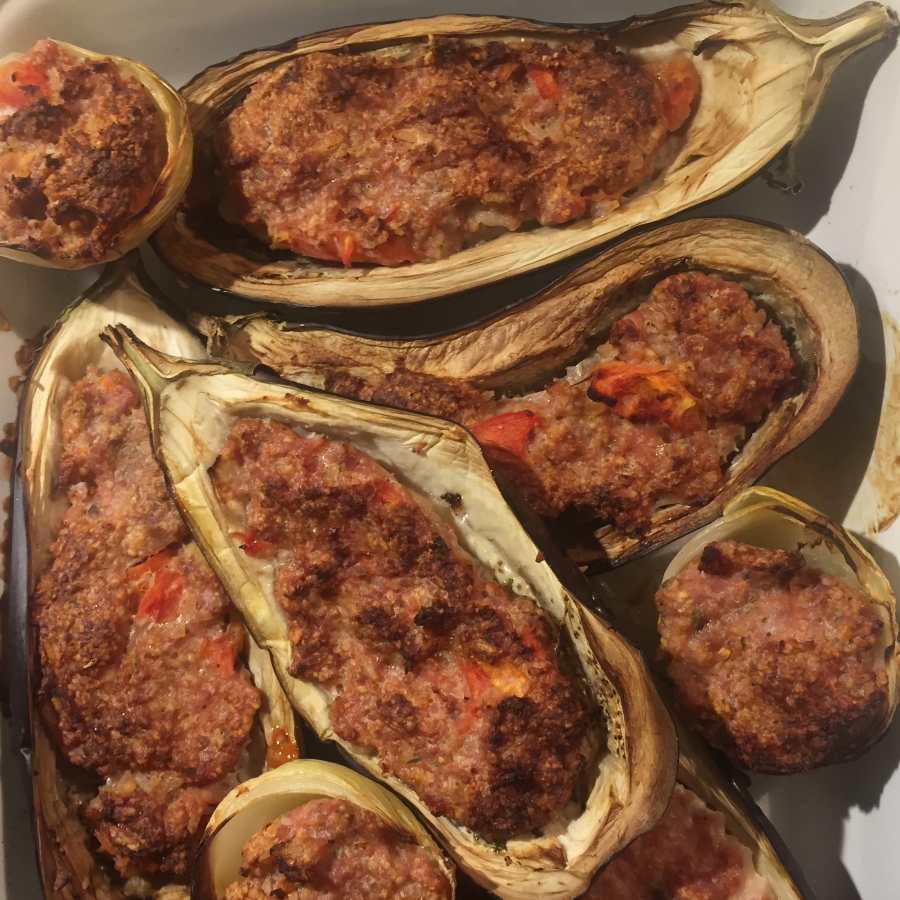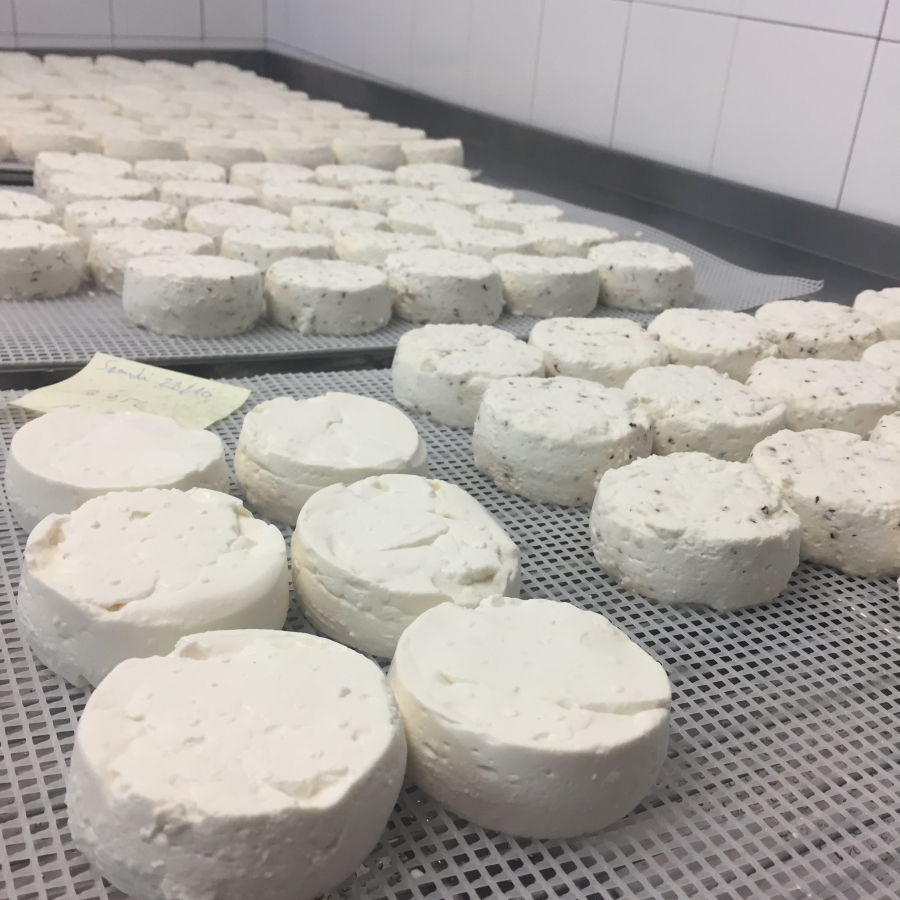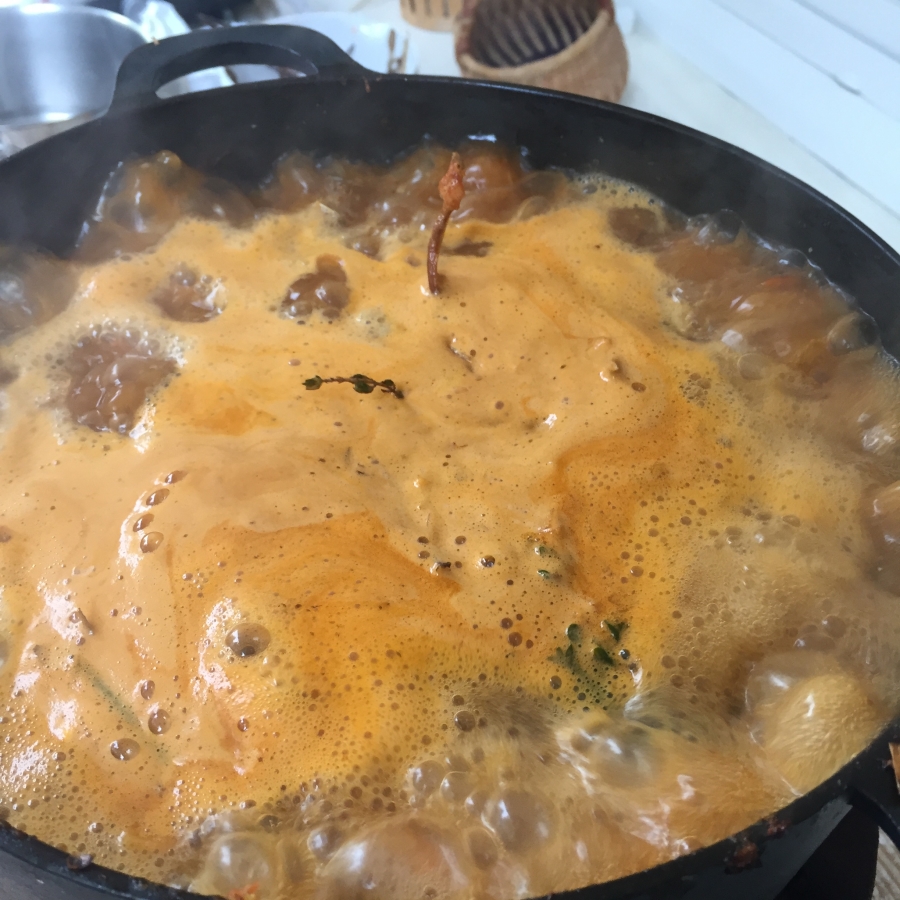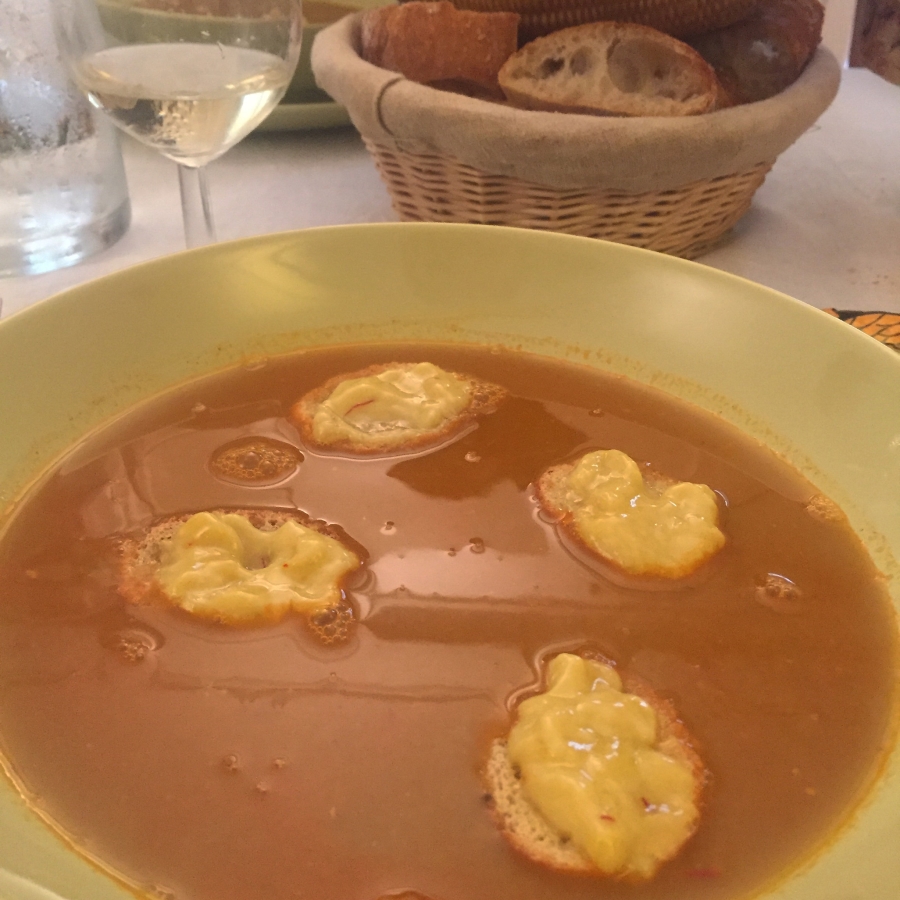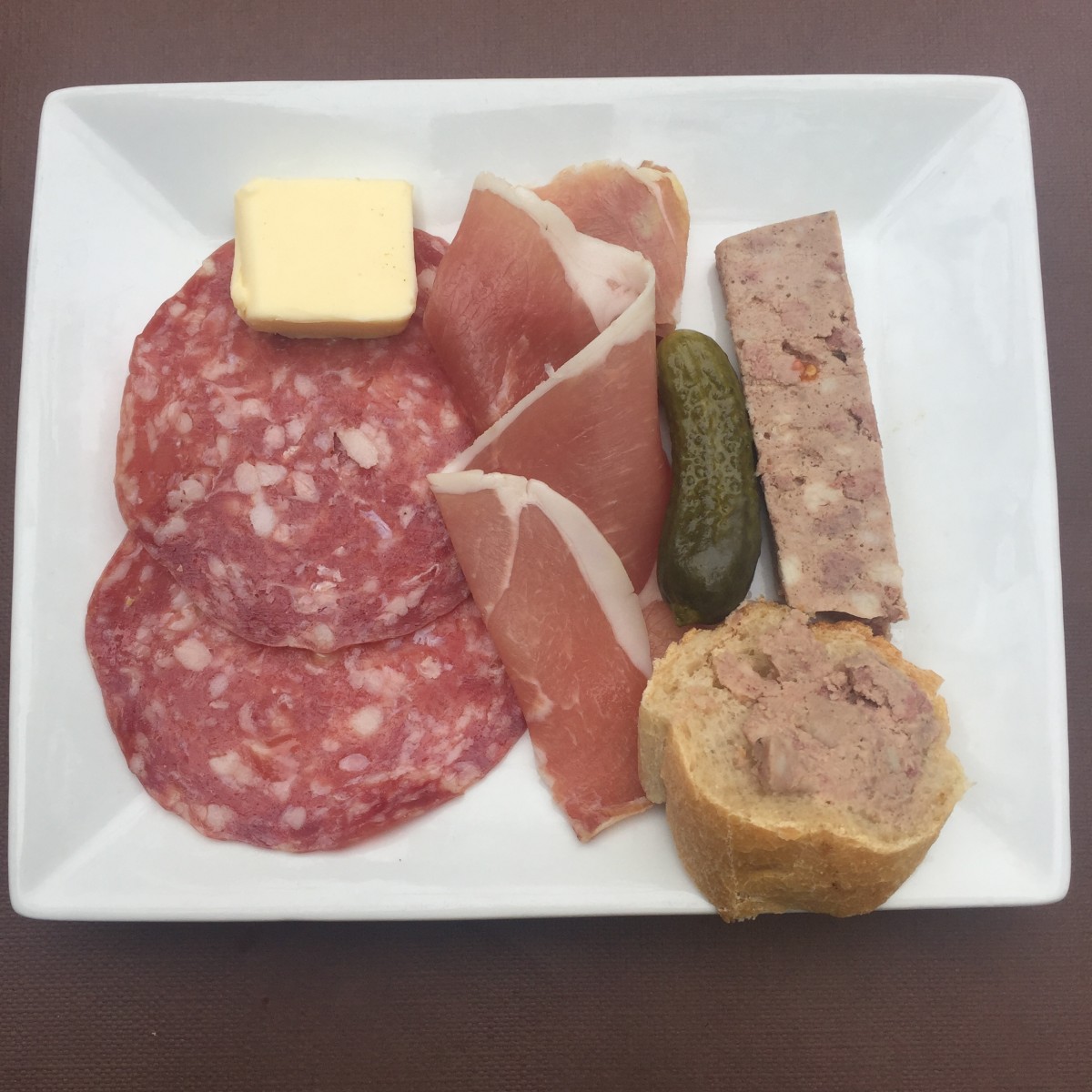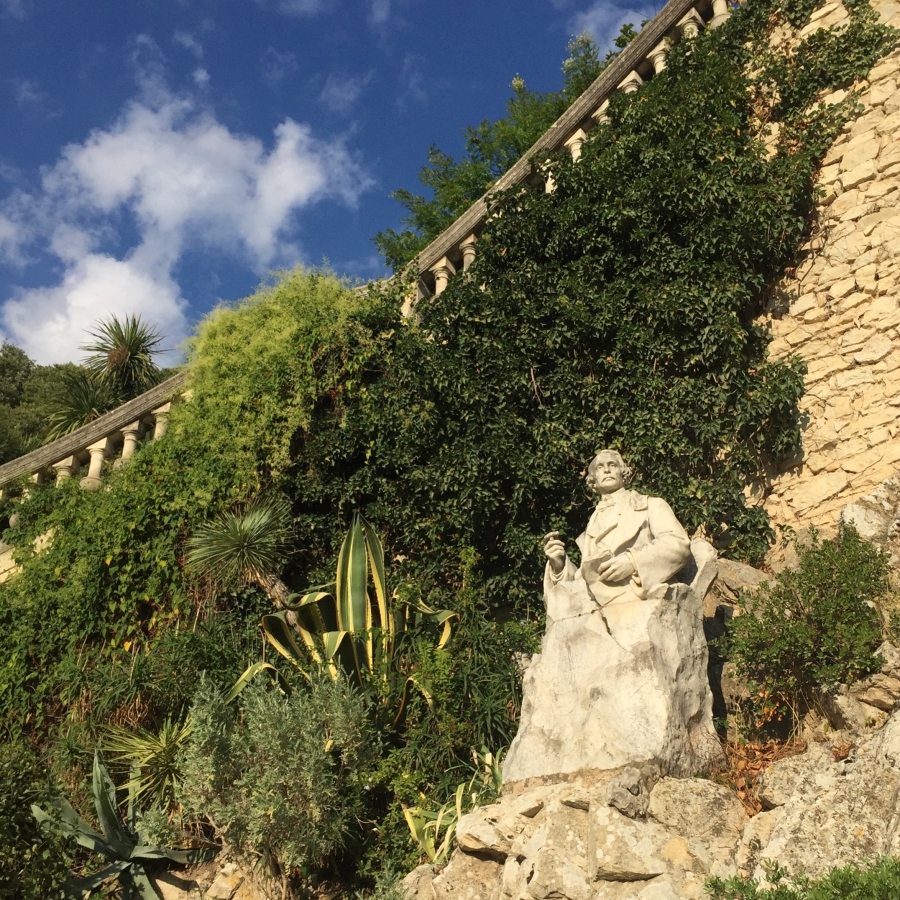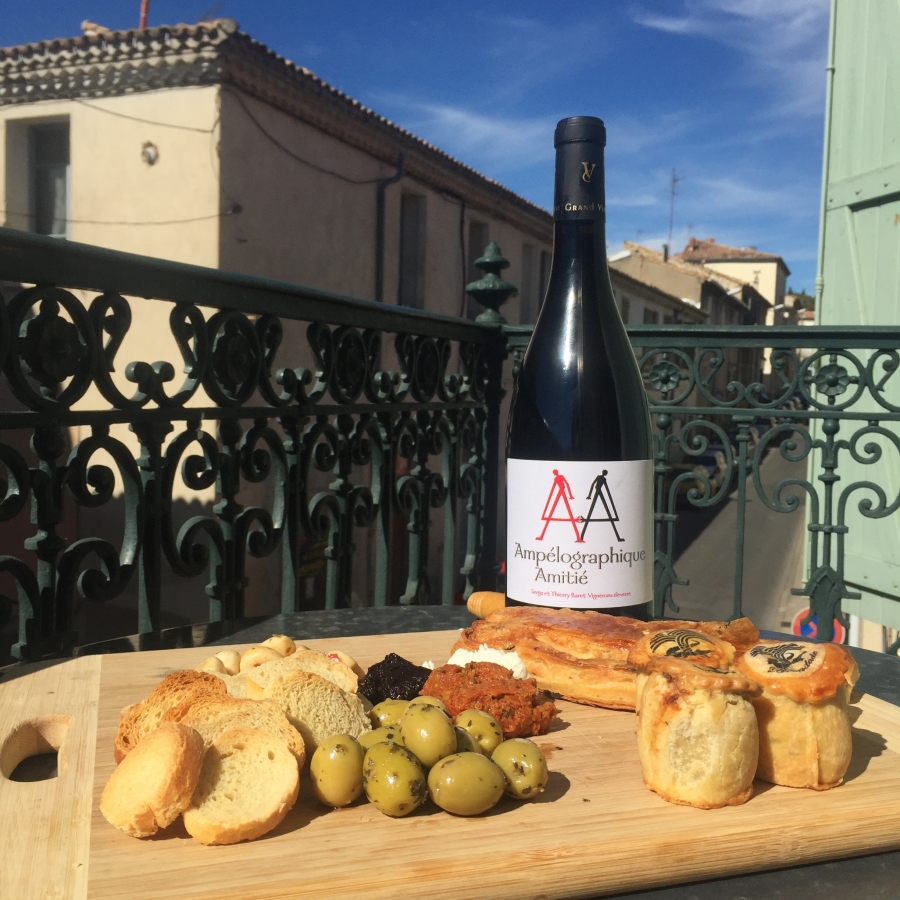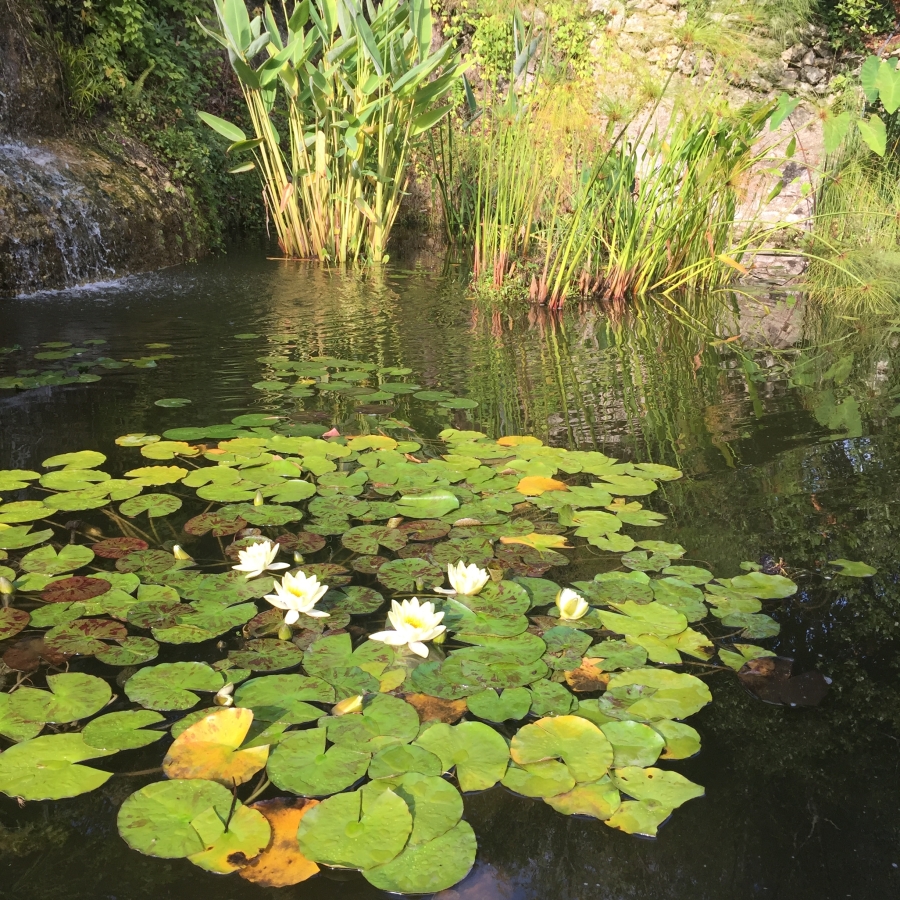| Food | Sight | Smell | Taste |
| Brandade De Morue (Cod Brandade), a typical dish of the Languedoc-Rousillon region, Provencal word “brandado” meaning “things stirred”, the preparation of the dish involves a prolonged mixing of salt cod, olive oil, garlic and sometimes a touch of cream or milk. Recognized in french gastronomy since at least 1786. Often eaten in winter with bread or potatoes. | Homogenous off white mixture, looks like frosting, somewhat crystalline | Fish market | Creamy, cod, lingering fish aftertaste, hints of olive oil |
| La picholine olive, origins in le gard, pure green and crisp, also used for olive oil production in the region, often used as aperitifs or tapenades | Glossy, jade green, specks of dark green herbs | Fresh and subtle | Somewhat meaty texture, crunchy, nutty anise like flavor |
| Ail confit, Confit garlic, garlic cloves cooked in olive oil | Creamy color speckled with herbs and pieces of tomato | Diluted vinegar | Texture of under ripe nectarine, high acidity, hints of thyme, crunchy with hints of olive oil |
| Fougasse, roman history, provencale flat bread similar to focaccia, often containing cheese, anchovies or olives, traditionally used to assess temperature of wood fire oven to know if it was safe to load other bread | Golden brown, crumbling layers atop of the bread, smaller than usual fougasse, specks of black olive, looks a little like mille-feuille
| Fresh baked bread | Subtle taste, layers of flaky dough on top reminiscent of croissant, chewy middle section, not completely savory, notes of olive,pleasant aftertaste
|
| Tapenade (black) Provencal dish consisting of capers, olives, anchovies, olive oil, Languedoc green tapenade is usually preferred, varieties that incorporate sun dried tomatoes, garlic and eggplant also very common. One of the most common aperitifs found at markets all over the south of France and in jars at grocery stores. | Deep black on surface, dark brown in parts, specks of green apparent, glossy and reflective | Hints of the sea, deep comforting warm, olive | Somewhat grainy, rich, salty, earthy and round, deep olive taste, notes of anchovy and herbes de provence, lingering aftertaste |
| Tapenade rouge | More visual elements than the tapenade noir, pieces of sundried tomato visible, specks of green, hints of yellow and tan | Warm woody aroma, hints of garlic, sundried tomato, horse manure | Smooth but not completley homogenous, high acidity, bright lemon notes, olive oil flavor, hints of marinated bell pepper and basil |
| Ampelographique amitie, chateau virgile costieres de nimes, Wines from the region have been produced for over 2 millenia, consumed by greeks in pre-roman times, black grenache 80%, syrah 20% | Rich mahogany cherry tones, deep red with purple undertones | Subtle smell, woody and light | Tannic, leathery with notes of fig and berry, buttery, warm |
Petit pate nîmois, Savory pastry exclusive to the region created by Charles Durand in 1820, remarketed in the 1950’s by les halles de Nîmes many producers of the market sell the speciality which often includes, brandade, taureau, pork, veal and other fillings.
| Veal and pork: Cylindrical pastry, golden brown, town emblem stamped onto top of pastry (Crocodile and palm tree)
Taurus: Cylindrical pastry, golden brown, anchor stamped onto top | Veal and pork: Roasted potato, warm meat, undertones of dirt
Taurus: Earthy roasted potato smell, warm, | Veal and pork: Crumbly dough, savory comforting flavor, heavy
Taurus: Somewhat gamey, hints of onion, heavy and savory, subtley spiced |
